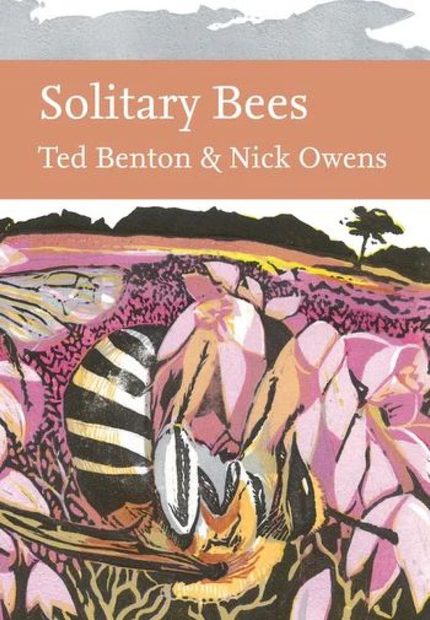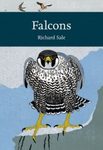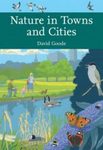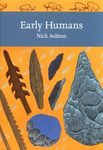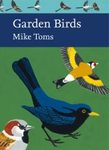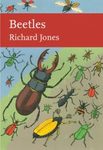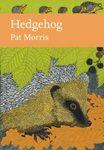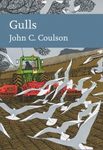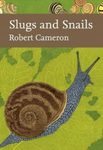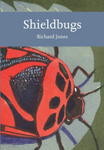By
Keith
2 Jul 2023
Written for Paperback
In the last year or so I have started to notice bees other than honey or bumble bees. I had clocked that there were 24 species of bumble bee, and I had started to identify them, but in a way, I was feeling that this was a bit of a cop-out as they are relatively easy to identify. So I went to look at solitary bees, and yes, … that’s getting tougher. Now we are talking about over 250 species in the UK, and as the name suggests – they are solitary. Although they are a bit harder to find and identify, they actually play an important role in the pollination of crops and wild flowering plants.
OK, so yes the females of these solitary bees can still sting you, but they don’t do that unless you are being an idiot. In fact, they have a bigger fan club than you might imagine. Ever seen a bee hotel? They are for solitary bees. I am seeing them everywhere now, but I doubt that many people buying these know which bees they are trying to attract. So they should read this book.
I would argue that nobody has done more in recent years to raise their profile than Ted Benton. Both he and Nick Owens are entomologists with a particular interest in behaviour and ecology. Ted’s
recent field guide to solitary bees (published by Pelagic) is both well-written and attractive. However, collectors of the Collins
New Naturalist series will know him from his earlier volume on
Bumblebees and a previous one on
Grasshopper and Crickets. Nick Owens has been busy too and has recently written
The Bees of Norfolk and
The Bumblebee Book as well as co-authoring
The Bees and Wasps of the Balearic Islands.
This latest book is (like other recent volumes in the NN series) on the large side – at almost 600 pages. Back in the 1930s the early NNs rarely exceeded 250 pages, but unlike those, this is packed full of colour photographs.
The authors start by looking at the diversity of solitary bees, and then move on to explore their sex lives. They may be solitary, but they have to mate and the male needs to track down a female. Once he has mated with her (and maybe others) his life ends. The development of the grubs is followed, including hibernation through the winter. We are reminded that although these bees are solitary, they do often choose to nest close to other bees. The relationships between different bee species and flowers are explored in detail as is the complex matter of parasites, and the issue of “cuckoo bees” who lay eggs in the nests of other bees (including bumblebees).
Given that insects like solitary bees are crucial to the pollination of our plants and the success of our agriculture, it is right that the book also puts the case for their protection and conservation. Despite an estimated 12 billion bees in the UK, they are declining and feeling the effects of habitat loss. Pollution and climate change are also challenges – as they struggle to cope with recent weather extremes that have brought summer droughts while at other times there is sudden flooding. The rapid changing of the seasons may mean that bees start to lose their synchronicity with the flowering plants they forage on.
This book is a great resource to understand what solitary bees need. They make up 90% of the range of our bee species, and it’s time that we paid them more attention.





